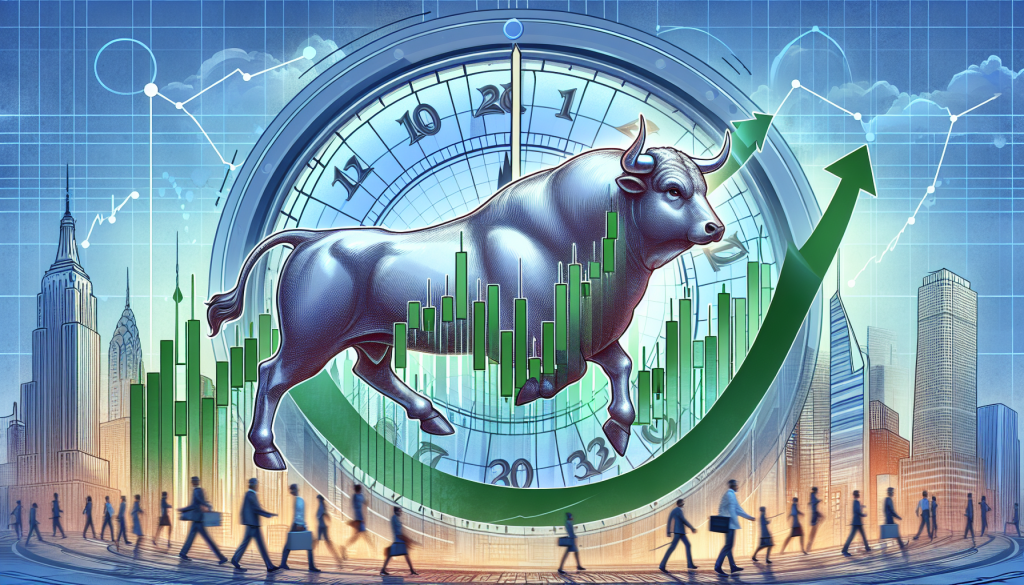Understanding the Cyclical Bull Market

Trading and investing in financial markets can feel like riding a roller coaster, with thrilling highs and nerve-wracking lows. A crucial aspect of this exciting journey is understanding market trends, especially those as impactful as the “Cyclical Bull Market”. So let’s unravel this intriguing concept.
Demystifying the ‘Cyclical Bull Market’
The term ‘Cyclical Bull Market’ is a blend of two key financial concepts. ‘Bull Market’ signifies a phase where prices are on the rise and investor sentiment is optimistic. ‘Cyclical’, meanwhile, refers to trends that repeat over time in response to economic cycles. So, one refers to a period of significant price increases that occurs as part of an economic cycle.
Underpinning Dynamics
One is typically driven by a period of economic prosperity. Positive economic indicators, such as low unemployment, high consumer spending, and robust corporate profits, fuel optimism among investors, leading to increased buying activity and rising prices.
Identifying a Cyclical Bull Market
Recognising one involves understanding economic cycles and monitoring key market indicators. During a cyclical bull market, key indexes like the S&P 500 or the Dow Jones Industrial Average show a sustained upward trend. It’s essential to note that these bull markets often occur during the expansion phase of the economic cycle.
Investment Strategies
One provides an optimum atmosphere for investing. Investors, brimming with optimism, can take advantage of the rising prices. Strategies such as ‘buy and hold’, wherein investors purchase stocks and hold onto them until they reach a desired price, often work well. Additionally, focusing on sectors that perform well during economic expansions, like technology or consumer discretionary, can yield significant returns.
The Downside: Risks and Challenges
While a cyclical bull market presents lucrative investment opportunities, it’s not without its pitfalls. Over-optimism can lead to overvalued stocks, resulting in a market bubble that can burst, causing prices to plummet. There’s also the risk of the market transitioning into a cyclical bear market as the economic cycle shifts from expansion to contraction. Therefore, careful market analysis and risk management are crucial.
Conclusion
Understanding a cyclical bull market empowers investors to ride the wave of economic prosperity. However, like every market trend, it comes with its unique set of challenges. The key to navigating these successfully lies in continuous learning, careful analysis, strategic planning, and adaptability to changing market dynamics.

